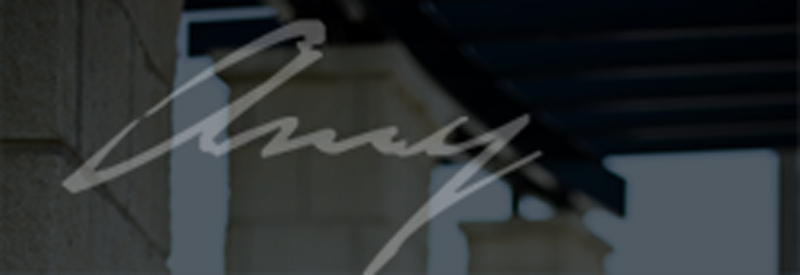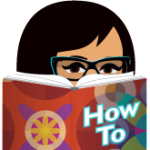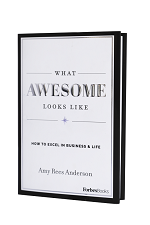A few years ago there was a show on TV called Lie To Me. It was a show about a human lie detector who used people’s words, expressions, and micro-expressions to detect lies. I was in love with the show because it was fascinating to me to learn how you could detect lies in people’s responses. Especially as a CEO of a big company who had to interview new people to hire all the time, I felt it would be a helpful skill for me to try and gain. So I began taking notes from the show and then checking them on the internet and I compiled a list of possible signs someone is lying. The list came from all kinds of sources and unfortunately I didn’t sit and list all of them as I made the list because I was making it for my own personal usage. But I know much of it came from the study of the man the TV show was based on, Dr. Paul Ekman, a renowned expert on the subject. I recently found out that Dr. Ekman even offers training classes on how to become a human lie detector, which is awesome!
Here is the list I had made over the years of possible signs that someone is lying. Now remember that these are possible signs, and unless you are really an expert you couldn’t just assume that one item indicates that someone is lying to you. But I will say that I found the items listed to often end up leading to the fact that someone had told a lie, so I believe in the science behind this. Here’s the list:
- They avoid making eye contact
- Hands touching face, nose, throat and/or mouth or back of the neck
- Blinking more rapidly than normal
- They look up and to the left (which means they are visually constructing something in their head) as opposed to up and to the right (which means they are visually remembering something that happened). If someone is left handed it could be the opposite directions that apply, so it is important to ask a test question you know is true to see which way they look.
- The timing is off between the statement and the physical reaction – for example they smile after they say it rather than as they say it, or they nod after they say yes rather than as they say yes
- They shake their head no when they are stating yes or vice versa
- They lean away from you rather than toward you
- Often hide their palms and don’t sit straight
- May grip something until their knuckles turn white
- May repeat the exact same words over and over
- They will show a micro expression in their face by drawing the eyebrows upward toward the middle of the forehead creating lines across the forehead. Their mouth may be pursed or tense.
- They may try to lubricate their throat more by swallowing, gulping, or clearing their throat more than normal
- Expressions are limited to the mouth instead of the whole face – like smiling only without the eyes involved.
- Voice may have a higher pitched tone and may stammer and stutter more than normal
- Become more defensive when they feel guilty
- Turn their body away from you because they are uncomfortable facing you
- May place objects between you unconsciously (like a pillow or a book or a cup)
- They will often repeat the words of your question when they give you an answer (for example you say did you take the trash out? And they answer Yes I took the trash out, rather than just saying yes or no)
- They use full words instead of using the contractions (when telling the truth they will naturally use the contraction like I didn’t rather than I did not)
- They give a longer answer then normal with more details than needed.
If you get time to check out www.paulekman.com website you can also learn about how to read people through microexpressions that people make with their face that help you interpret emotions such as:
Examples of disgust: nose wrinkled, upper lip raised
Fear: Eyebrows raised and pulled together, raised upper eyelids, tensed lower eyelids, lips tightly stretched horizontally back to the ears.
Happiness: crow’s feet wrinkles, pushed up cheeks, movement from muscle that orbits the eye
Surprise: eyebrows raised, eyes widened, mouth open
At the end of the day all of this helps you learn to read other people better which can be valuable in business and in personal life. And it is all entertaining to boot!
I wish you all a great day – and that’s the TRUTH!
~Amy



2 Comments
Interesting topic and useful one indeed.
Regards
Regi
Hi Amu:
Go to http://www.converus.com. The science now exists to measure pupil diameter to determine whether someone is lying. There are many other factors that you mention that are also indicators, but pupil diameter is involuntary, which makes it very difficult. The eyes are connected to the brain, and when you lie, the cognitive load increases the brain pressure, resulting in slight dilation that can be measured with sensitive infrared scanners.